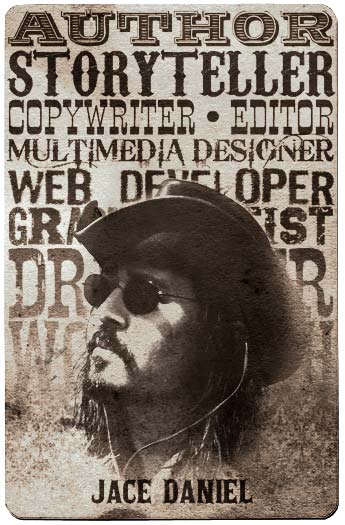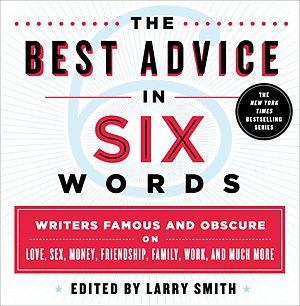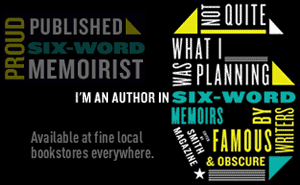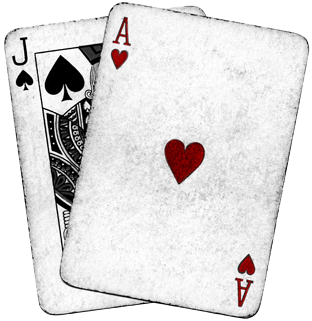The history of hairstyles in the 20th century is a lively one, from the Gibson Girl’s chignon to the conk, which was worn by musicians like Sam Cooke in the 1920s, to Lucille Ball’s poodle cut, and of course, feathered hair made famous by Farrah Fawcett. It was a century of fast-paced fashions, made memorable by the identities showcased by hairstyle.
How many times does the chorus repeat in your favorite song? How many times have you listened to that chorus? Repetition in music isn’t just a feature of Western pop songs, either; it’s a global phenomenon. Why? Elizabeth Hellmuth Margulis walks us through the basic principles of the ‘exposure effect,’ detailing how repetition invites us into music as active participants, rather than passive listeners.
Watched this last night. Excellent.
There was a time, as recently as the 1980s, when storefronts, murals, banners, barn signs, billboards, and even street signs were all hand-lettered with brush and paint. But, like many skilled trades, the sign industry has been overrun by the techno-fueled promise of quicker and cheaper. The resulting proliferation of computer-designed, die-cut vinyl lettering and inkjet printers has ushered a creeping sameness into our landscape. Fortunately, there is a growing trend to seek out traditional sign painters and a renaissance in the trade.
In 2010 Directors Faythe Levine and Sam Macon, with Cinematographer Travis Auclair, began documenting these dedicated practitioners, their time-honored methods, and their appreciation for quality and craftsmanship. Sign Painters, the first anecdotal history of the craft, features the stories of more than two dozen sign painters working in cities throughout the United States. The documentary and book profiles sign painters young and old, from the new vanguard working solo to collaborative shops such as San Francisco’s New Bohemia Signs and New York’s Colossal Media’s Sky High Murals.
Take your Pixar and Star Wars stuff somewhere else. This is the only Disneyland I’ll ever need.
Hosted by Marcia Minor, one of Disneyland’s embassadors, this is a very busy episode, as the Pirates of the Carribean gets top billing, as the evolution of that attraction, from Walt Disney’s orignal planning to the creation of the pirates, to the opening ceremony in New Orleans Square (which is also profiled), and even an edited version of the ride itself is shown.
Also, we see the creation of a whole new Tomorrowland, again from blueprints and designs to it’s actual opening. And we see several Tomorrowland attractions open. Foremost among them is the Peoplemover, which takes the guests through Tomorrowland. If you look closely, you’ll see Roy E. Disney, the nephew of Walt Disney, traveling on the Peoplemover in this part of the program.
Other Tomorrowland attractions shown include “Flight to the Moon”, where we see a simulated flight to the Moon, a Journey Through Inner Space, and of course, the Carousel Theater of Progress, which had a short stay at Disneyland. As part of that attraction, you see a glimpse into the future of what would become Walt Disney World, where the Carousel Theather of Progress moved to for good in 1973.
And of course, no Disneyland presentation would be complete without watching some of the nighttime festivities, and we see what goes on in some of Disneyland’s other “lands”, all culminating with a spectacular fireworks display in the tradition of Disneyland.







